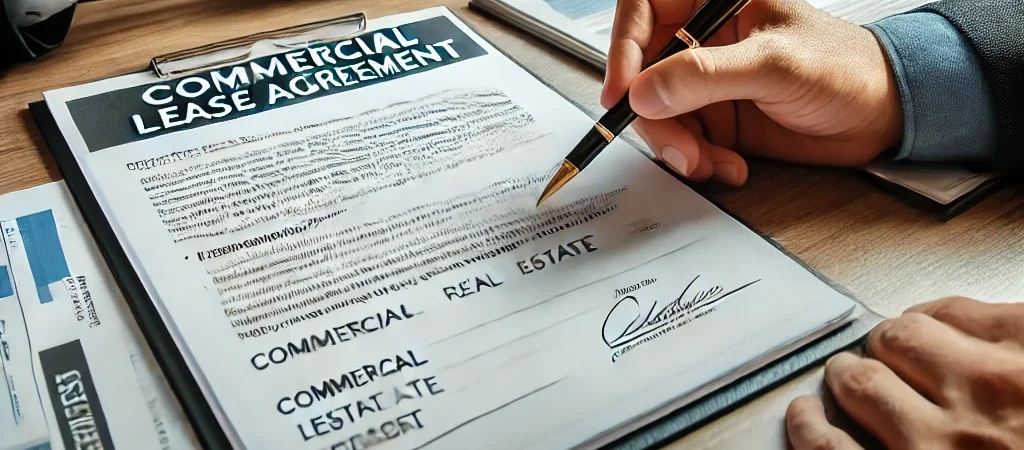Leasing commercial real estate is a significant step for any business, whether you’re opening a new location, expanding, or relocating. The process involves more than just finding a space—it requires careful planning, negotiation, and understanding of lease agreements. This step-by-step guide will help business owners navigate the commercial leasing process and secure the ideal space for their needs.
Step 1: Define Your Business Needs
Before you begin your search, outline your specific requirements. Consider the following:
- Location: Does the area attract your target customers or clients?
- Size: How much square footage do you need for operations and future growth?
- Budget: What can you afford in terms of rent, utilities, and maintenance?
- Type of Space: Are you looking for retail, office, industrial, or mixed-use space?
Clarifying these factors will help narrow your search and save time.
Step 2: Search for Available Properties
Once you know what you need, start exploring commercial properties. You can:
- Work with a commercial real estate broker who understands your industry.
- Search online listings from reputable firms like www.districtrealty.com.
- Network with other business owners to find potential opportunities.
Step 3: Evaluate Potential Spaces
Visit properties in person and assess their suitability. Pay attention to:
- Accessibility: Is it easy for customers, employees, and suppliers to reach?
- Condition: Does the space require renovations or improvements?
- Neighboring Businesses: Are they complementary or competitive?
- Zoning and Regulations: Ensure the property is zoned for your type of business.
Step 4: Understand Lease Types and Terms
Commercial leases vary, so it’s crucial to understand the differences:
Common Lease Types
- Gross Lease: The landlord covers property expenses, and you pay a fixed rent.
- Net Lease: You pay rent plus a portion of property expenses (taxes, insurance, maintenance).
- Percentage Lease: Common in retail, where rent is based on a percentage of sales.
Key Lease Terms to Review
- Lease Duration: How long is the lease, and are there renewal options?
- Rent Increases: Understand annual rent escalation clauses.
- Maintenance Responsibilities: Who handles repairs and upkeep?
- Exit Clauses: Can you terminate early without excessive penalties?
Step 5: Negotiate the Lease Agreement
Never accept a lease as-is. Negotiation can save you money and provide flexibility. Consider:
- Requesting rent reductions or free rent periods.
- Negotiating tenant improvement allowances.
- Clarifying responsibilities for property repairs.
- Ensuring fair exit and renewal terms.
It’s advisable to work with a commercial real estate expert or legal professional to review the lease before signing.
Step 6: Finalize the Lease and Move In
Once terms are agreed upon, sign the lease and prepare for your move. This includes:
- Setting up utilities and services.
- Making necessary renovations or modifications.
- Planning a smooth transition for employees and customers.
Find the Right Commercial Space with Expert Guidance
Leasing commercial real estate is a critical decision for any business. Partnering with a trusted real estate firm ensures you find the best space at the right terms. District Realty offers a wide range of commercial leasing options in Ottawa to support businesses of all sizes.
By following these steps, business owners can secure a commercial lease that aligns with their growth and success.




